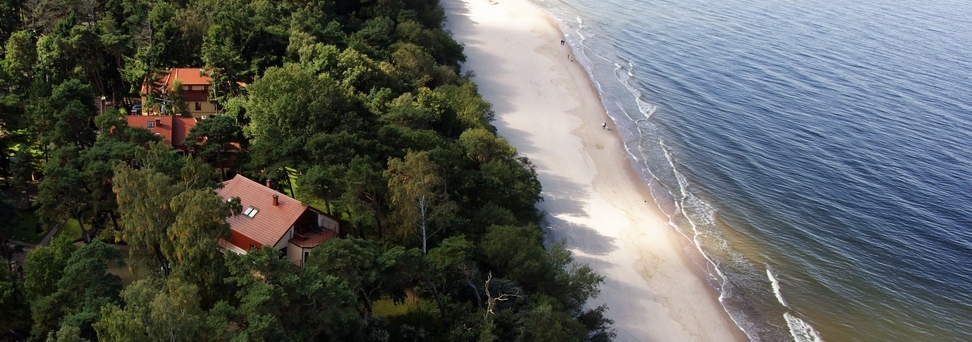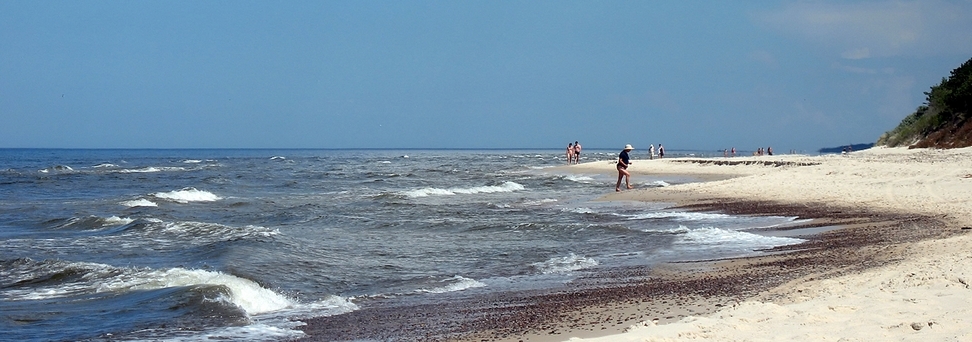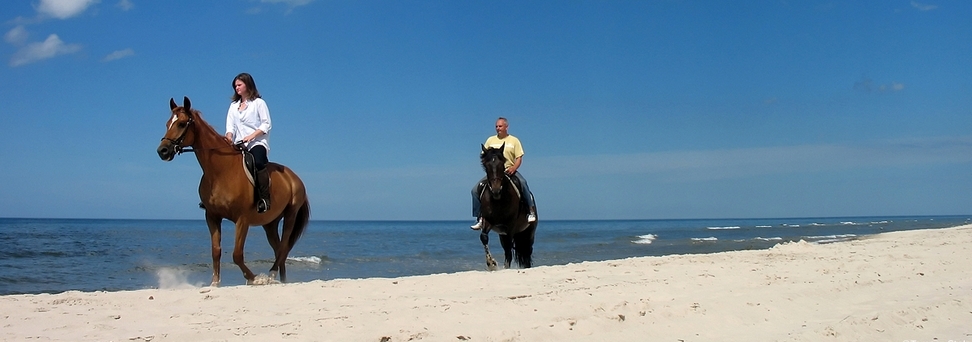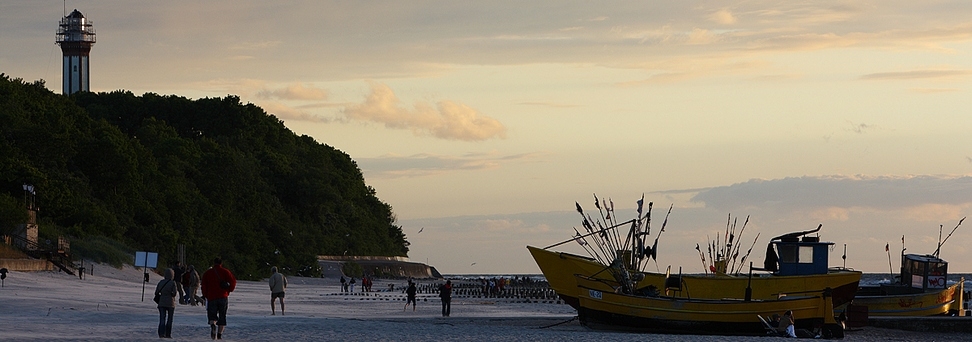First records of the town come from 1170 when the Pomeranian duke Kasimir I granted a few villages and the oversight over a church in the town to settlers from Lund in Sweden.





Trzebiatów - 28 kmFirst records of the town come from 1170 when the Pomeranian duke Kasimir I granted a few villages and the oversight over a church in the town to settlers from Lund in Sweden. |
Classical palaceA classical palace being currently the seat of the Trzebiatows community centre. In the palace theres a public library and an gallery of works of Lyonel Feininger. The beginnings of the ducal palace reach to the XII century. Oryginally there was a ducal castle but it burned down. |
Kaszana TowerA cylindrical tower with a diameter of 4 meters and a height of 14 meters built out of bricks, and covered with a tent roof, thats part of the defensive walls. It was created at the turn of the XIII and XIV centuries with the purpose of gunpowder deposit and a vantage point to the Rega river side. Known for its legend, according to which one of the guards guarding the walls accidentally knocked a jar with hot buckwheat of the wall. The jar fell on the head of one of the soldiers that were assaulting the city, and alarmed thanks to that the whole city. In connection with the legend, every year during the summer takes the porridge feast place. |
Town HallThe first house of the city council, built in the XV century in gothic style. The currently standing hall was built in place of the previous one, that burned down around 1700. |
FortificationsIn Trzebiatów preserved in good condition a large, because about 2.5 km long section of brick ramparts. By the walls on the east side survived two moats. To this day, there survived an inherent part of the fortifications - the Powder Tower by the Wąska Street. Unfortunately none of the 4 gates to the medieval town survived. Trzebiatów received the permission to build the defensive walls from prince Bogusław IV in 1299. They were being established till the mid of the XIV century. They surrounded the medieval city, and survived halfway till today. |
The Church of the Maternity of the Blessed Virgin MaryA church from the XIV century, built in gothic style. The first church was built in the XIII century and was founded by the Trzebiatows Premonstratensians. Since 1328 by the church there was an Latain school. The current church was built at the turn of the XIV and XV century. Since XVI a Protestant church - it was turned back into Catholic hands short after the WW II. |
HanskenHansken - an elephant from the 17th century that lived in a traveling circus. "Mr. Elephant" taught her over 36 tricks, such as marching with a flag in its trunk, picking up money, playing drum, clean herself with a brum, shooting from a musket and swordplay with a rapier. She also liked to drink beer. She was the inspiration for many artists, such as Rembrandt who immortalized her on one of the markets building walls as a sgraffito in 1648 - in other sources 1635. This laborious work was discovered during restoration works in 1914. The sgraffito technique is a technique in which you successively apply layers of colored clay and then scrap off diferent parts of it while they are still wet. |